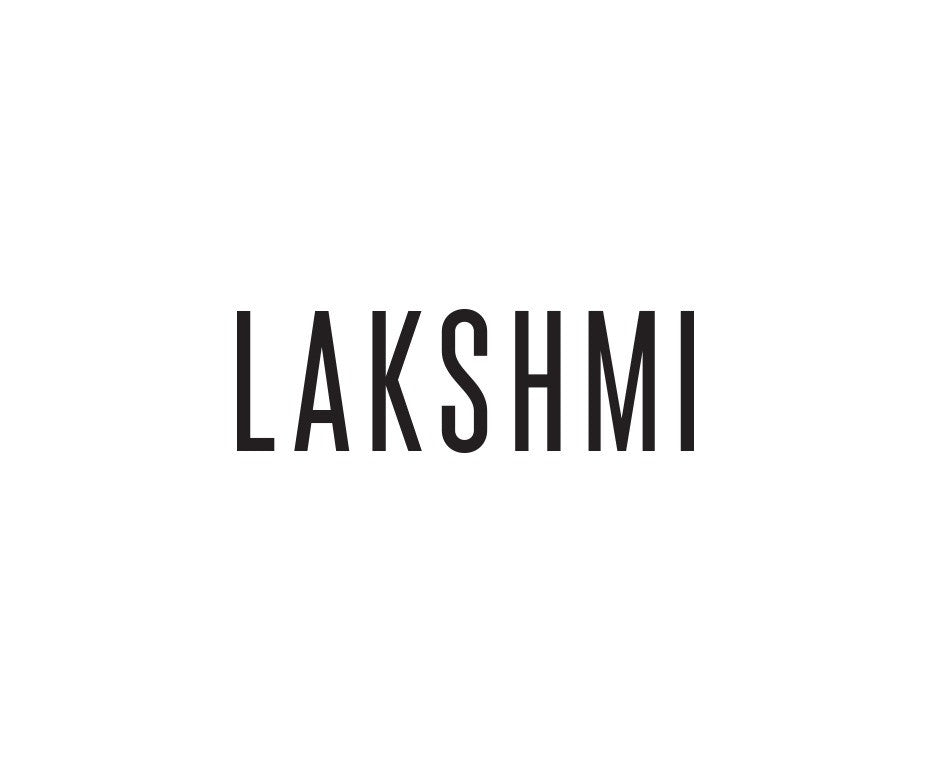Who David Abraham Rakesh Thakore &Kevin Nigli
What comes to mind with Abraham & Thakore is their modern synergy between fashion and lifestyle with a unifying vision for the way the urban contemporary consumer lives and dresses and their exploration of handloom and use of humble textiles and craft.
Beginning in 1992, they have matured into one of the oldest and most respected design houses in India. Collaborations have been significant to their retail equation; including a craft-inspired collection for West Elm and loungewear and home accessories for Harrods. The work of Abraham & Thakore has been exhibited at the likes of the Victoria & Albert Museum in London, The Metropolitan Museum of Art in New York, Indira Gandhi National Centre for the Arts in New Delhi, the Musee des Arts Decoratifs in Paris.
The Beginning Rakesh grew up on a huge farm in Tanzania, David initially in Singapore and Kevin in Kolkata before coming to Delhi to study fashion at NIFT.
“Like many other Delhiites we are refugees too in a sense, and Delhi has become home for all of us. Our disparate backgrounds and childhoods from different cities and cultures is key to our approach to design.
Abraham & Thakore started with a few scarves and caftans which we managed to sell to The Conran Shop in London and then went on to Liberty, Browns and Selfridges.
For A/W 2015, we looked at Kantha, a type of embroidery from West Bengal and Odisha. Traditionally, old saris and fabrics were layered and hand-stitched together to make new fabrics to be used for many different purposes. This traditional Indian approach to recycling makes this craft particularly relevant in the context of our concerns with sustainability. In our exploration of sustainable textiles for the collection, we also looked at other forms of recycling. We created sequins for evening wear from discarded hospital X rays and film. We sourced antique recycled brocade borders and ribbons, and converted snaps, hooks and studs into decorative ornaments.
Thoughts on Sustainability We hope to continue our practice of sustainability as much as we can. While the actual recycling of used material is one approach, another design approach is with regard to silhouette. We reiterate our commitment to certain classic silhouettes season after season as we believe that trends need not be so ephemeral. Handloom and textile craft are also an important focus for us as they have a small footprint, and create employment in small traditional craft clusters that are decentralised all over the country. Besides, of course, the fact that the richness of India’s craft tradition is unbeatable and provides the creative force – indeed the very raw material for much of what is the finest and most unique about Indian fashion.








